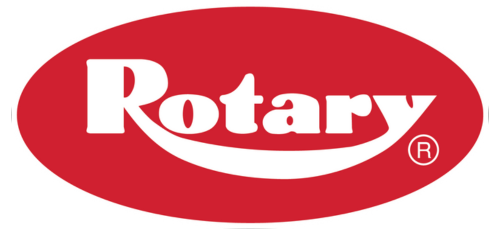If you’ve done any research into the different types of lifts available, you’ve probably come across the terms asymmetrical and symmetrical. So what do they really mean? And which one do you need?

Here’s a rundown (or if you prefer, you can check out a video on the topic here):
.jpg)
When above-ground two-post lifts first entered the market, they were all symmetrical. Here’s what that means in a nutshell: All of the four arms are the same length and the two posts of the lift are directly across from each other, facing each other squarely. All of that combined means the vehicle’s center of gravity is directly between the two posts and also at the center of the vehicle, front to back. So, right in the middle of the whole setup. Symmetrical lifts equalize the pressure on the lift’s posts and carriage. They also allow for a wider drive-through area. Both of those benefits make this type of lift perfect for trucks and other longer-wheelbase vehicles.
There is one drawback. Because the center of the vehicle (such as a passenger car) is lined up with the lift posts, the front doors of the vehicle are right next to the lift posts. So when you open the front door to get out after driving onto the lift, your door could come in contact with the post. At worst, you ding the door. But even if that doesn’t happen, getting out can be a pain, and your access to the inside of the vehicle is very limited. To remedy that problem, lift manufacturers engineered a new kind of lift.
 To fix the door-next-to-post problem, manufacturers reconfigured the setup slightly: On an asymmetrical lift, the front arms are slightly shorter than the back arms, so you don’t have to drive as far forward. When you don’t drive as far forward, your door isn’t blocked by the post. But this change shifts the vehicle’s center of gravity backward and would create an imbalance if manufacturers stopped there
To fix the door-next-to-post problem, manufacturers reconfigured the setup slightly: On an asymmetrical lift, the front arms are slightly shorter than the back arms, so you don’t have to drive as far forward. When you don’t drive as far forward, your door isn’t blocked by the post. But this change shifts the vehicle’s center of gravity backward and would create an imbalance if manufacturers stopped there
In order to compensate and balance the car properly, manufacturers rotated the columns 30 degrees. So the two posts are still across from each other, but angled outward. Need a visual? Hold your hands out in front of you, parallel (like you’re going to give yourself the world’s saddest high-five). Now turn your palms toward yourself slightly. There you go – asymmetrical lift configuration.
When the arms and post angles are synced up in this way, the vehicle is properly balanced and there’s no extra wear on the lift’s structural components. This type of lift is great for accessing the interior of the car and, because it isn’t driven as far forward, allows more clearance at the back of the vehicle.
Both types of two post lifts have their benefits. It’s just a matter of determining which is better for your needs.
To learn more about light-duty lifts, download our free resource guide.
{{cta(‘d8025ff9-32cf-4654-bd51-86e7d082a95d’)}}
